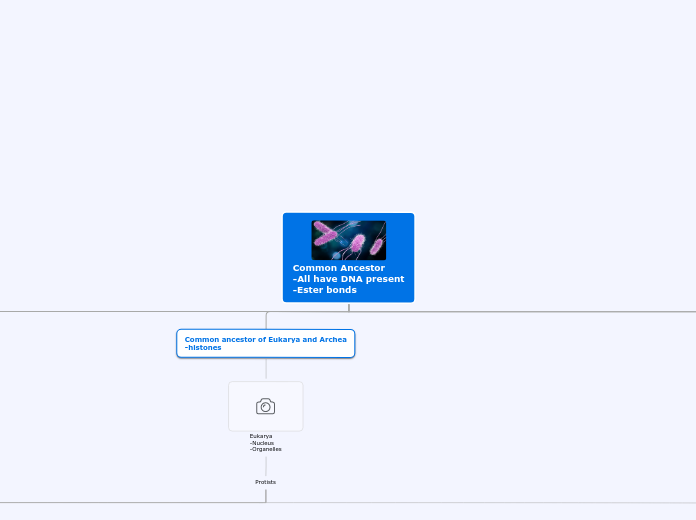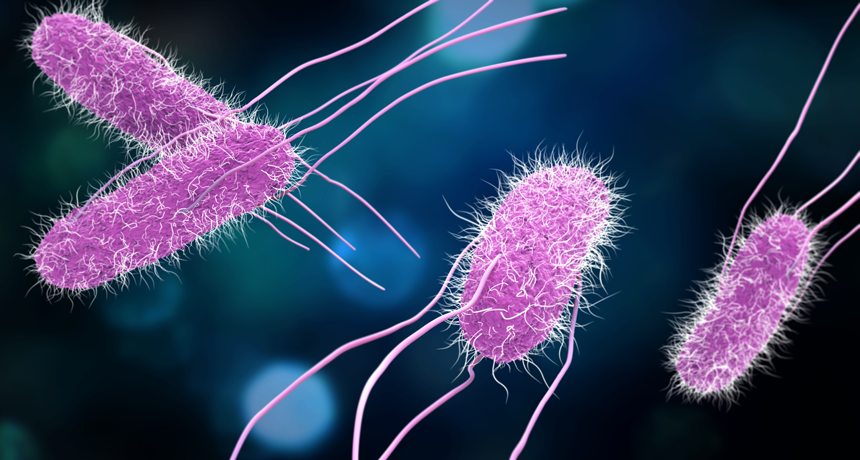
Common Ancestor
-All have DNA present
-Ester bonds
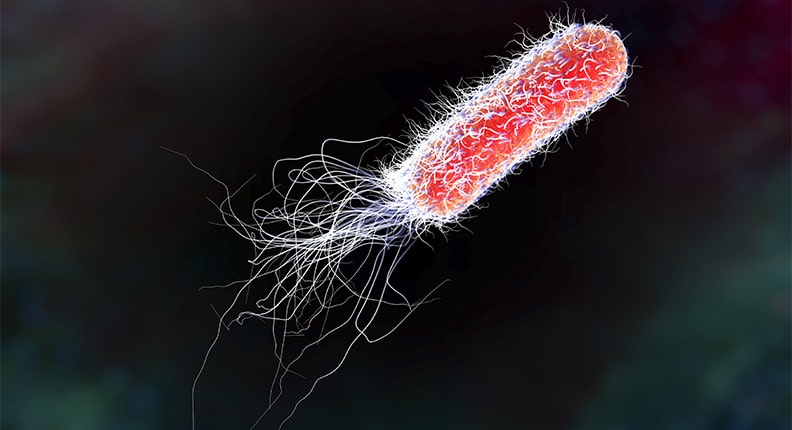
Bacteria
-Petidoglycan
Common ancestor of Eukarya and Archea
-histones

Eukarya
-Nucleus
-Organelles
Protists
SAR CLADE
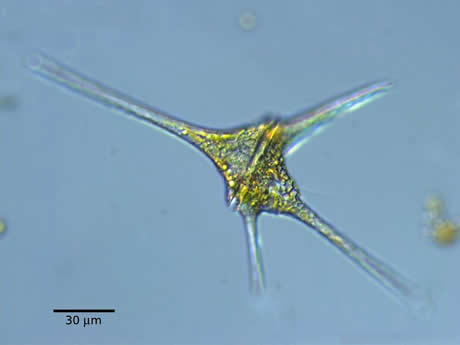
Alveolata
-Membranous Vesicles on the cell membrane
-second or tertiary plastids
Stramenopila
-Tripartite flagellar hair
-Secondary plastid
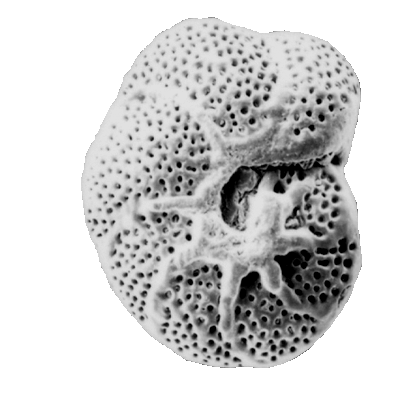
Rhizaria
-Filose pseudopodia
EXCAVATA
-Has feeding groove
-Secondary plastid
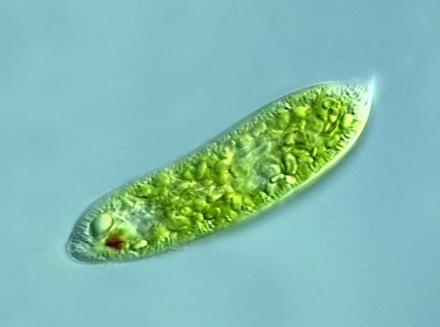
ARCHAPLASTIDA
-Primary Plastid

Green Algea
chlorophytes/bryophytes
-sporic
-uses embryos
-dessication resistant
-apical meristems
-presence of gametangia
-presence of sporangia
-Diffusion and osmis
-gametophyte
-no stomata

Liveworts
Common Ancestor

Mosses
Common Ancestor
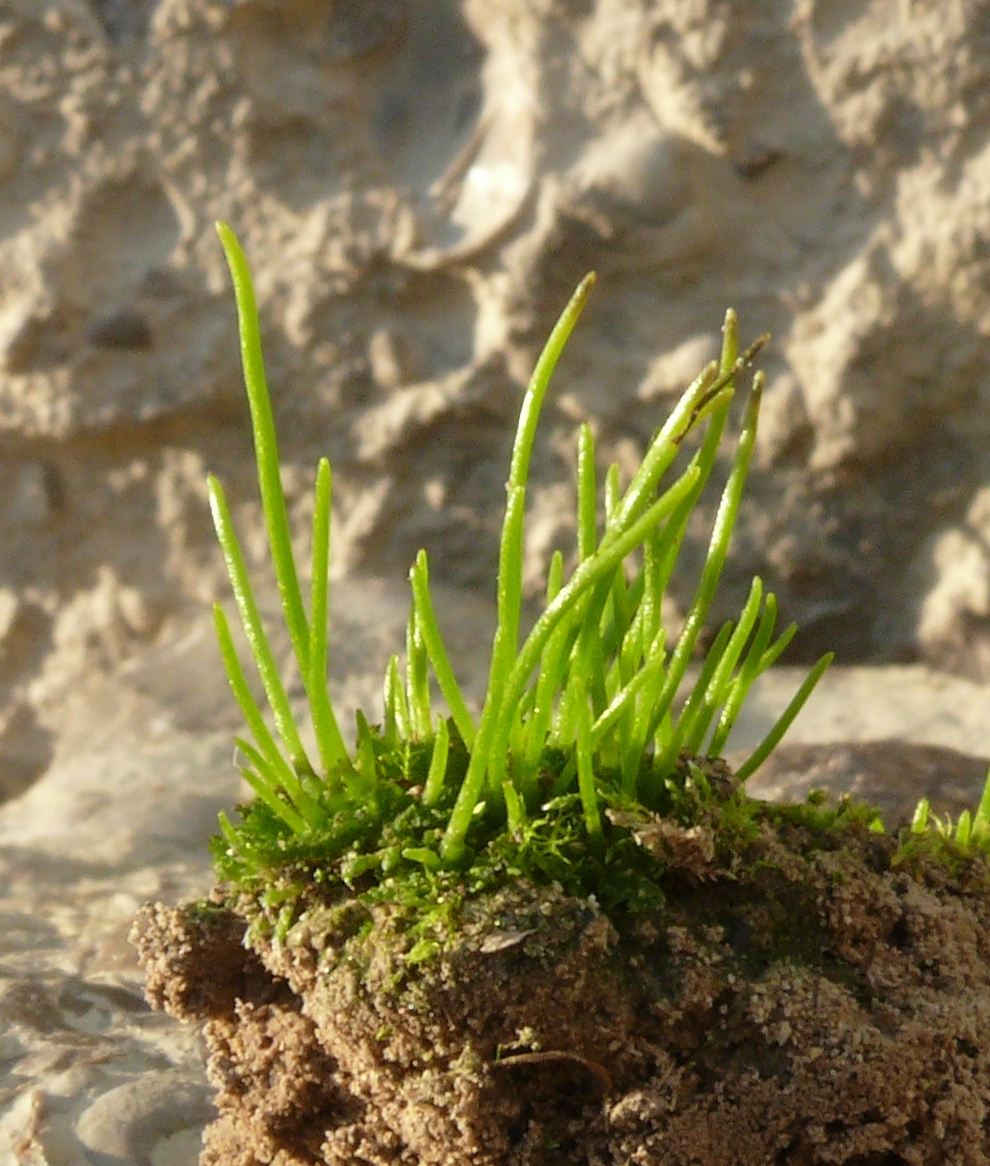
Hornworts
Seedless Vascular
-lignin
-xylem/phloem
-dominant sporophyte generations
-waxy cuticle
-stomata
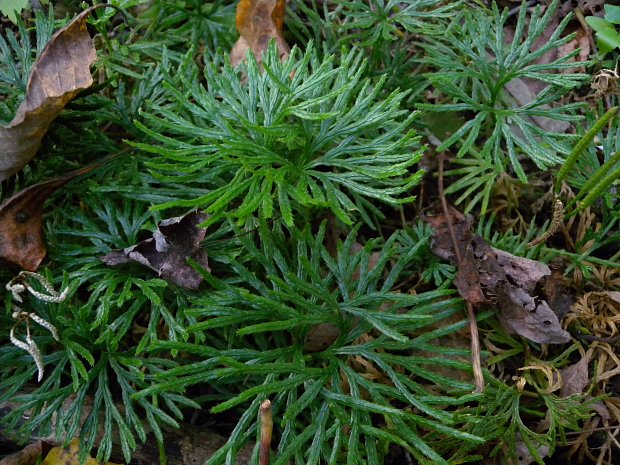
Lycophytes

Monilophytes
Spermatophytes
-Pollen
-Seeds
-Heterospory
-Wood
-Ovules
Gymnosperms
Angiosperms
-Presence of fruit
-Presence of flowers
-Endosperm
-Ovaries

charophytes
-zygotic
-gametophyte
-Diffusion and osmis
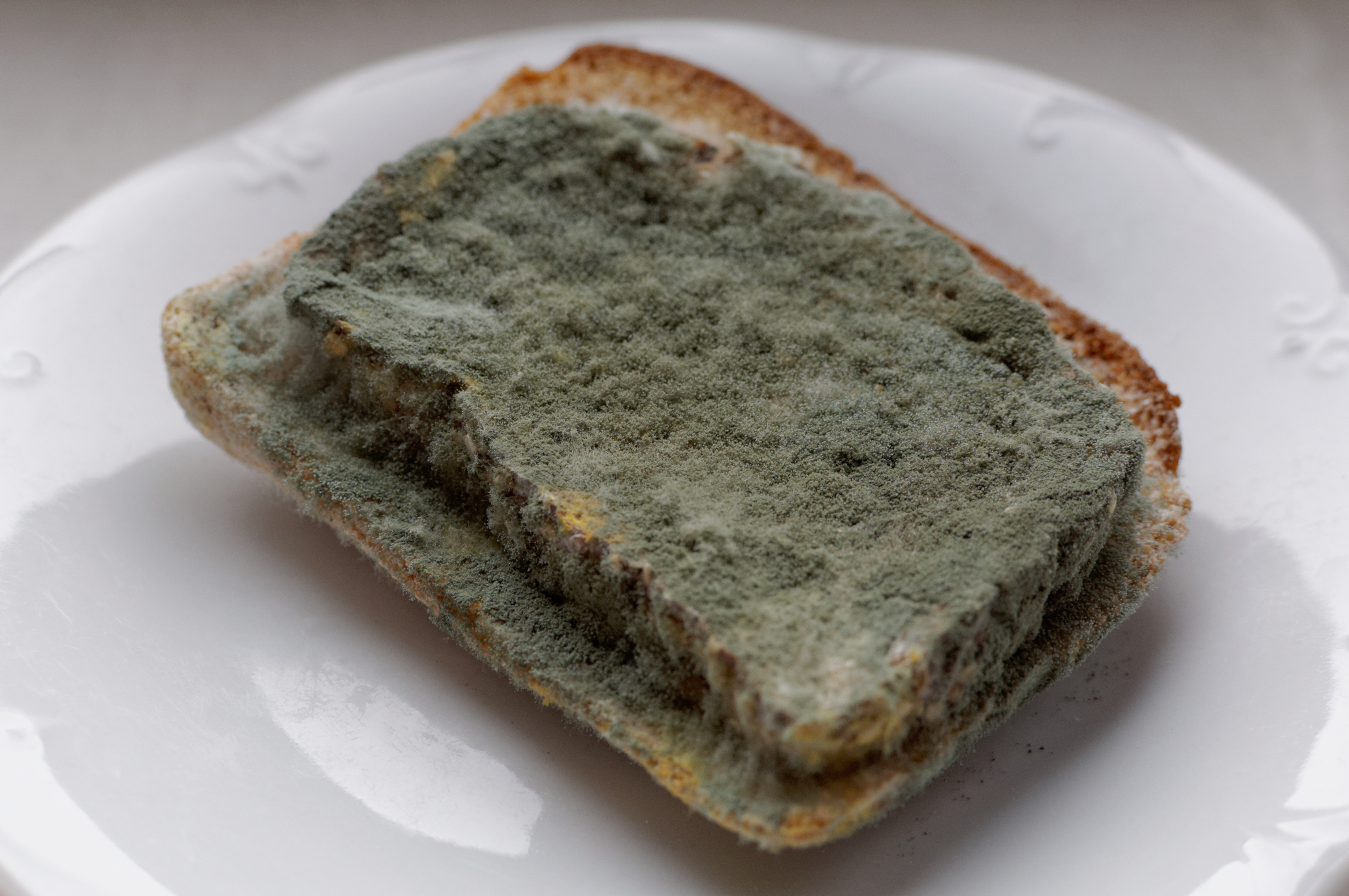
UNIKOTA CLADE
(animals and fungi)

Amoebazoa
-Pseudopodia that extend like tubes
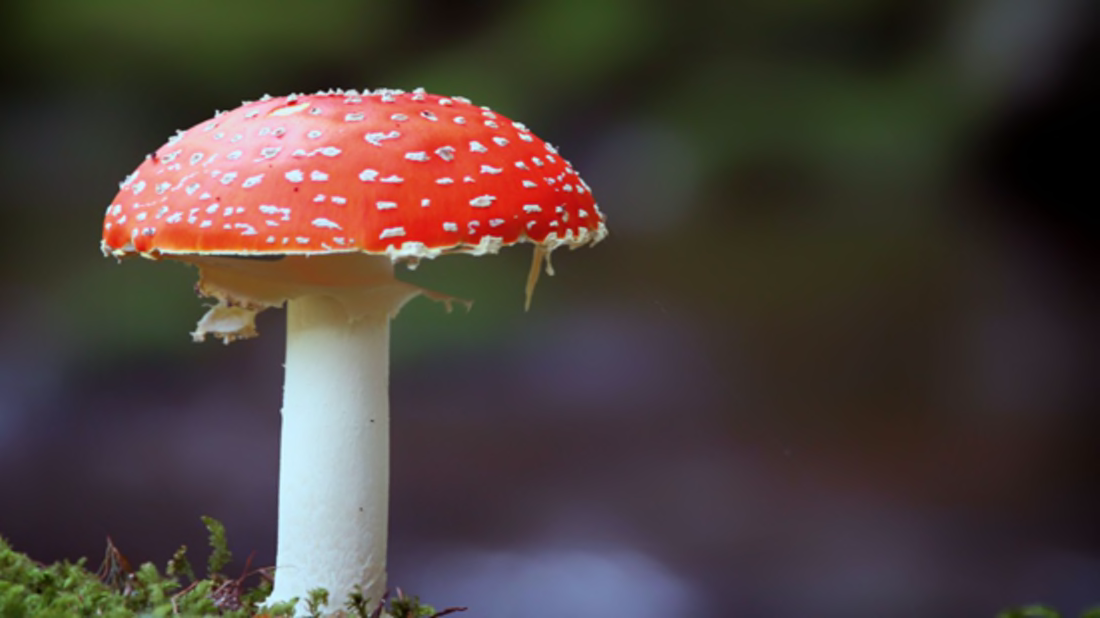
Opisthokonts
-Single posterior flagellum on swimming cells
-Absorvatibe Heterotrophy
Common Ancestor
Choanoflagellates

Animals
-multicellularity
-mobility
-complex organ systems
-gametic life cycle
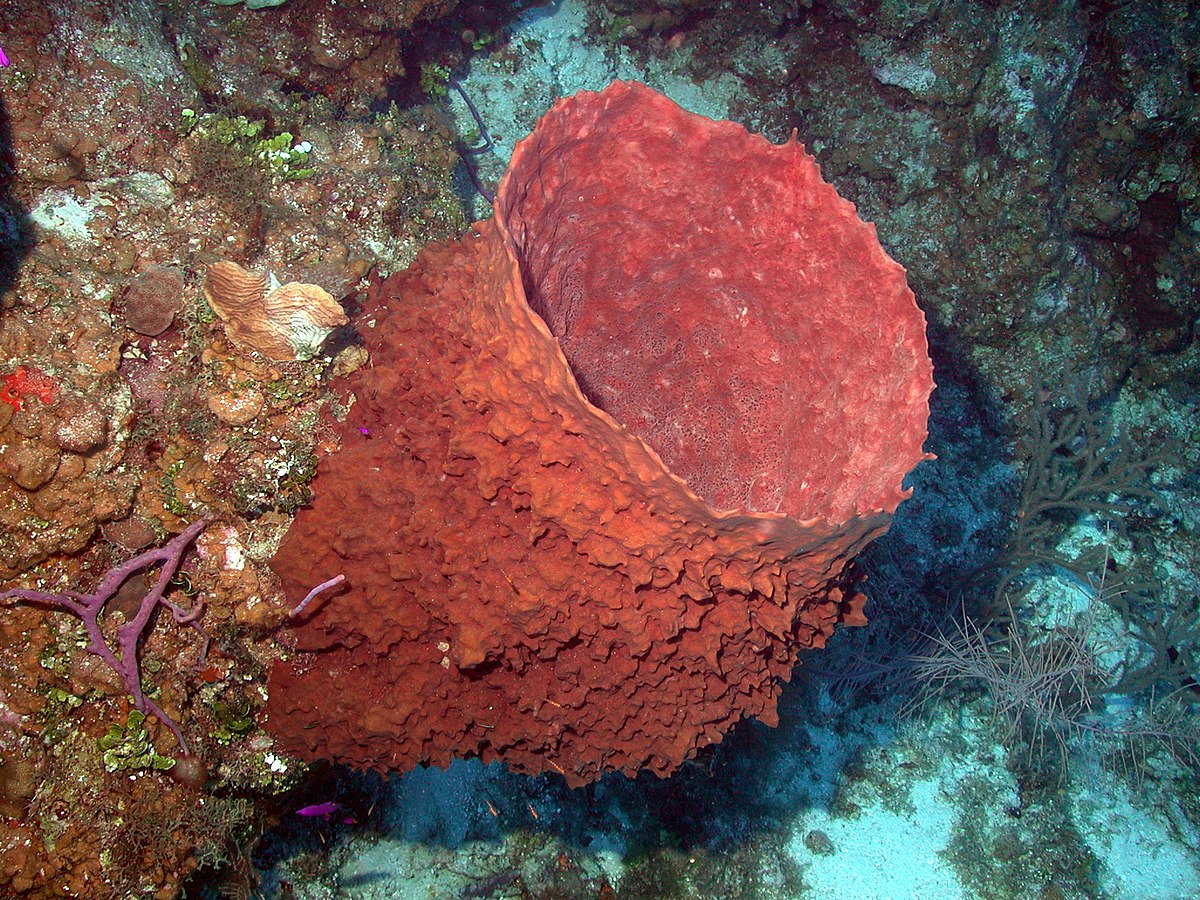
Porifera
Eumetazoa
-tissues
Subtopic
Bilatera
-triplobasty
-bilateral symmetry
Deuterostomia
-radial and indeterminate cleavage

Chordata
-Notochord
-Dorsal nerve cord
-Pharyngeal Slits
-Endostyle
Common ancestor of vertebrates and urochordates
Vertebrates
-4 chordate characteristics
-vertebral column
-endoskeleton
-cranium
-complex organ system
-4 limbs
-single circulation

Agnathans
-jawless
-2 chamber heart
-ectothermic
-cartilage skeleton
Heart with 2 chambers
-jaws, mineralized skeleton

Chonodrichthyes
-jaws
-cartilage skeleton
-ectothermic
-tendency to sink
-predators
common ancestor with lung derivatives
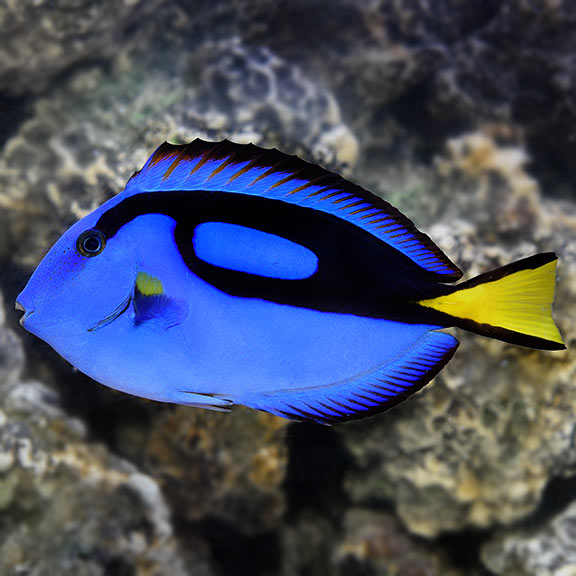
Osteichthyans
(Ray finned fishes)
-gnathostomes
-actinopterygii
-lungs
-ectothermic
"
common ancestor

Lobed finned fishes
-jawed
-bony skeleton
-lungs
-ectothermic
tetrapods with 2x circulation

amphibia
-lungs
-3 chambered hearts
-ectothermic
Amniotes
-limbs with digits

Reptilia
-3 or 4 chambered heart
-ectothermic
-endothermic
-amniotic egg

Mammalia
-4 chambered heart
-amniotic egg
-hair
-milk

Urochordata
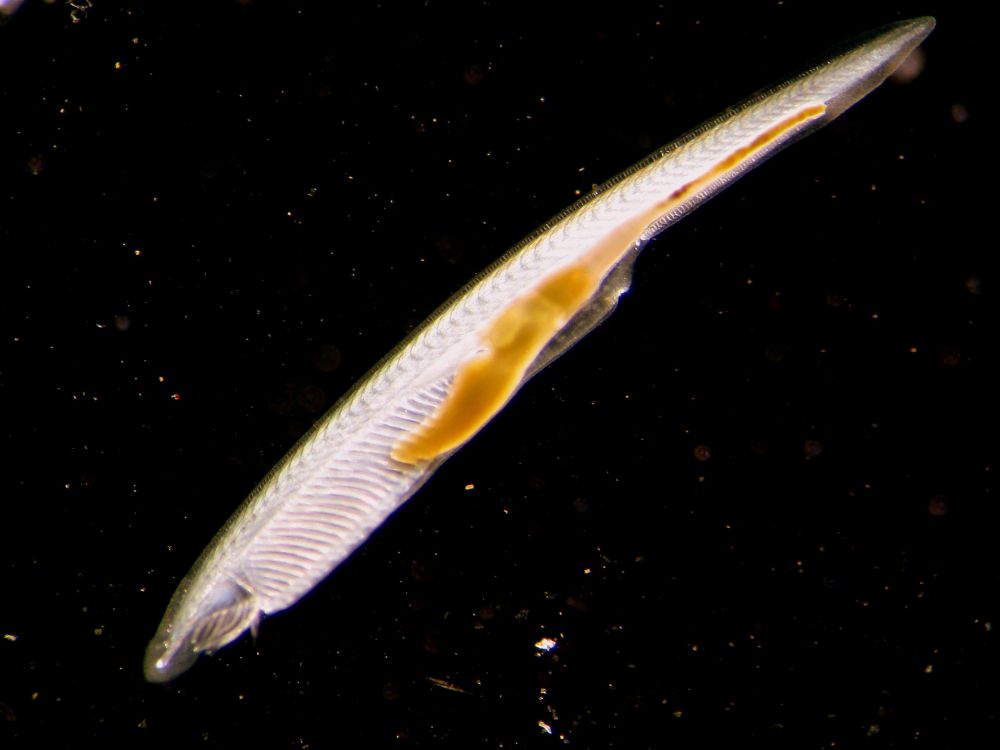
Cephalochordata
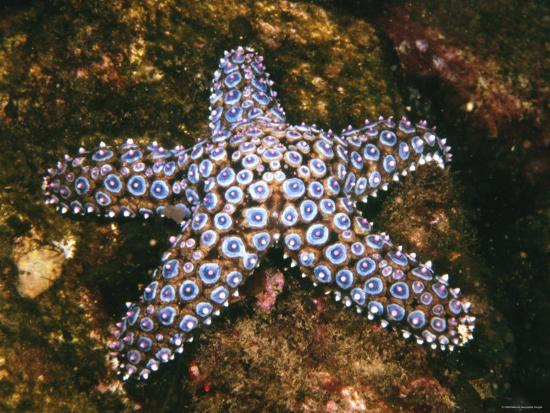
Echinodermata
(Giant sea star)
-Water vasuclar system
-spiny skin
-no brain
-complete digestive track

Echnioderie
-no arms
-jawlike structure
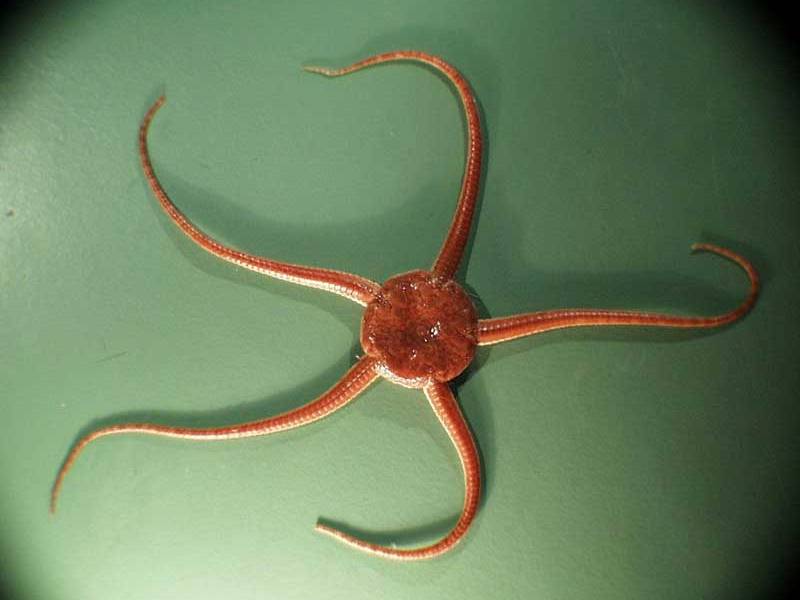

Holothuroidea
Asteroidea
Protosomia
-spiral and determinate cleavage
-blastopre becomes mouth
Lophotrochozoa
-lophophore and/or troco larvae
Common Ancestor

Mollusca
-soft-bodied
-foot, visceral mass, mantle
-coelomates
-organ systems

Cephalopoda
-tentacles to grasp prey
-closed circulatory system

Gastropoda

Bivalia
-shells in two halves
-suspension feedings

Annelida
-cephalization
-segmented worms
-closed circulatory systems
-complete digestive tract

Plathyelminthes
-acoelomates
-incomplete digestive tract
-no respiratory or circulatory systems

Rhaditophorans
-free living
-parasitic
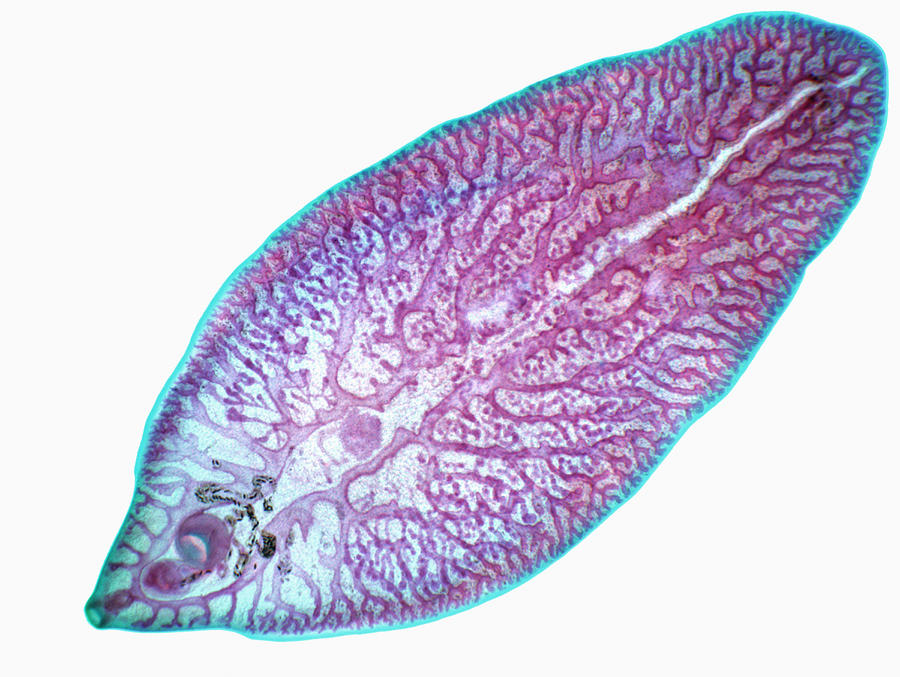
Tremaptoda
-parasitic
-no digestive tract
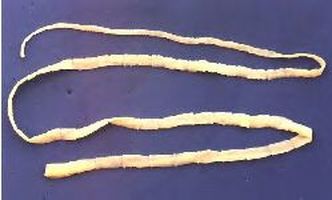
Cestoda
-lack a mouth and gastro
-vascular cavity
Ecdysozoa
-ecdysis
-metamorphosis

Anthropoda
-"jointed foot"
-segmented
-exoskeleton
-complete digestive tract
-open circulatory system

Pancrustaceans

Crustaceans
-cephalothorax

Hexapoda
-six legs
-insects
-many have wings
-head, thorax, abdomen

Chelicerates
-cephalothorax and abdomen
-4 parts of walking legs, pedipalps, chelicerae

Nematoda
-roundworms
-free-living and parasitic
-cuticle
-pesudocoelom
-complete digestive tract
Subtopic

Cnidaria
-diplobasly
-radial symmetry

Anthozoa
-usually only polyp
33

Hydrozoa
-alternating polyp and meduza forms

Scychophoza
-majority of life as medusa stage

Fungi
-multicellularity
-chitin cell wall
-zygotic cycle with dikaryotic stage
Topic principal
Archea
-Ether bonds (derived from ester bonds)
Subtopic
